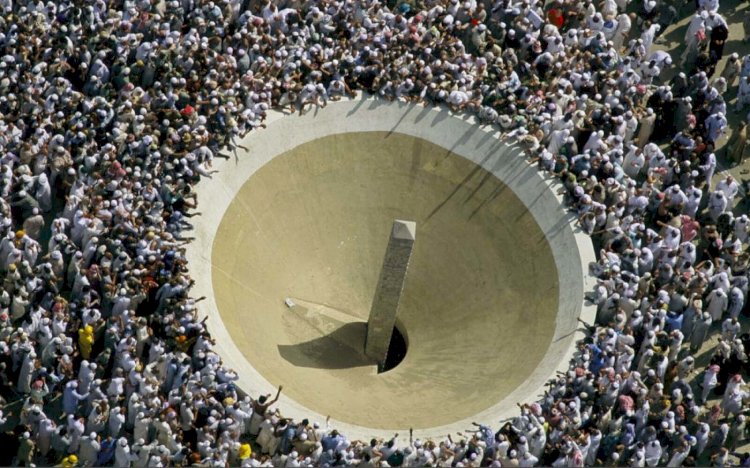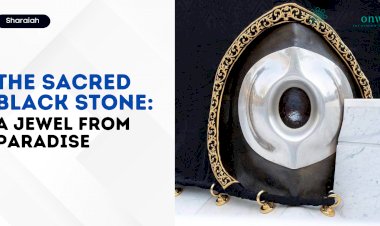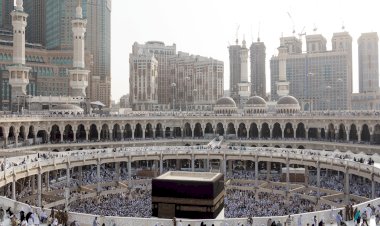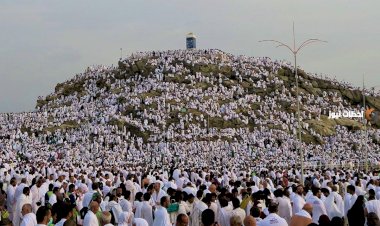The Symbolic Stoning: Days in Mina During Hajj
After completing the Tawaf and Sa’i rituals in Makkah, pilgrims have now returned to their tents in Mina. The remaining days of Hajj will be spent here, in deep devotion and reflection.
One of the key rituals that continue over the coming days is the symbolic stoning at the three Jamarat (stone pillars). Pilgrims must throw seven pebbles at each of the three pillars every day. These small stones were collected earlier in Muzdalifah, as part of a long-standing tradition.
By midday today, groups of pilgrims begin to move toward the far end of Mina, where the Jamarat are located. To reduce congestion and ensure smooth performance of the ritual, the Saudi government has, for several years now, implemented a system that designates specific times for each group to carry out the stoning.
Each group proceeds at its appointed time, beginning with the smallest pillar, Jamrat al-Sughra (the Minor Jamrah). After casting the stones, they pause for supplication before moving to Jamrat al-Wusta (the Middle Jamrah), and finally to Jamrat al-Aqaba (the Major Jamrah), completing the stoning for the day.
These pillars represent the locations where Prophet Ibrahim (peace be upon him) is believed to have been tempted by Shaithan, who tried three times to dissuade him from obeying God's command. Each time, Ibrahim (A.S) resisted by throwing stones to drive Shaithan away. Through this ritual, pilgrims renew the memory of his unwavering faith and determination.
Beyond commemorating a historical event, the stoning ritual reminds every believer that life is filled with spiritual challenges. The act of stoning is a symbolic rejection of evil, a reaffirmation of faith, and a personal vow to resist the temptations that seek to derail one’s moral and spiritual path.
After completing the ritual for the day, the pilgrims return to their tents, where they spend the rest of the time in prayer, reflection, and worship — drawing closer to their Creator in one of the most sacred journeys of their lives.
Disclaimer
The views expressed in this article are the author’s own and do not necessarily mirror Islamonweb’s editorial stance.
























Leave A Comment